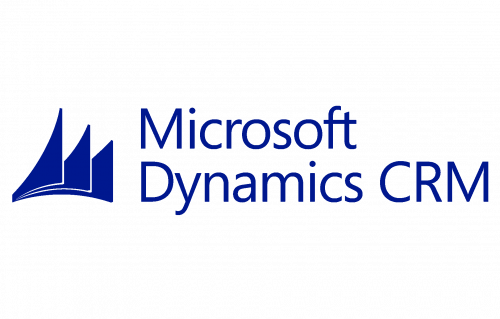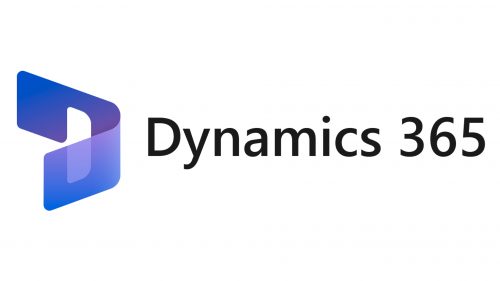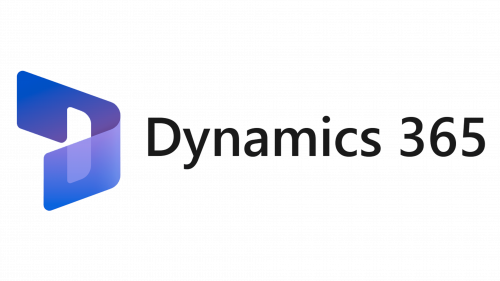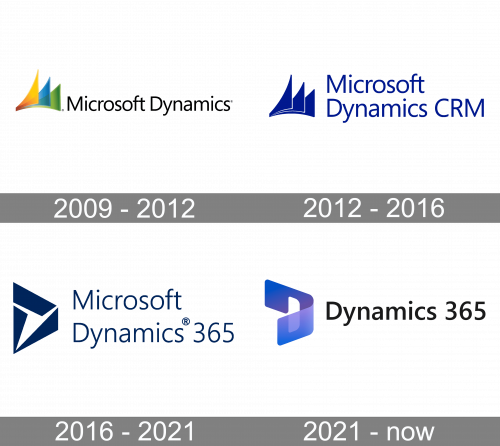Dynamics 365 is a Microsoft software, designed for the needs of businesses to plan resources and regulated relationships with customers. The program was released in 2016 and comes in two different versions.
Meaning and history
Dynamics 365 is not a single product, but a platform, consisting of several connectable and intelligent applications (including cloud apps). The product is intended to help companies of all sizes grow their business more efficiently.
The Dynamics 365 cloud solution combines CRM and ERP capabilities with Office collaboration tools and Azure analytics services for more effective business management. The platform consists of the following modules: Sales, Customer Service, Sales Representative Management, Marketing, Customer Analytics, Project Management, and Operations management for Finance & Operations.
The Dynamics 365 applications can be used separately or in combination to customize unique solutions based on the specific needs of a client. The platform can help to improve business profitability, combine information into a single information space, ensure the highest productivity of employees back and front office, and use analytical data for management decision making
What is Dynamics 365?
Dynamics 365, formerly Microsoft Dynamics 365, is a single, modular platform for business applications that combines disparate data and CRM and ERP capabilities with Office collaboration tools, Power BI business intelligence, and Azure cloud services. The only lay form was launched in 2016.
2009 – 2012

With each modification, the Dynamics 365 logo has been growing more unlike its original style. And yet, the authors of the logo have always strived to preserve some of the brand’s heritage, to create a link between the old and new identity.
For instance, if you compare the original logo with its three “Sails” with the following one, you will notice that the emblem has preserved its shape. In both versions, we can see a dynamic shape formed by three smaller shapes looking like the sails of a boat. In the original logo, each of the three shapes has a different color, while in the 2012 version, all of them are dark blue.
The typography stayed pretty much the same, except for the color, the position of the words, and the new word “CRM.”
2012 – 2016

While preserving (mostly) the shape of its predecessor, this one looks pretty different in its overall style. It is a kind of a transitional logo. If you compare it with the current one, you can see they also bear much in common. For instance, both of them are dark blue (although this one is a bit lighter). The type looks pretty much the same.
The emblem has a different shape, but it is still made up of three parts loosely reminding the sails of a boat.
2016 – 2021
As a product of Microsoft, Dynamics 365 features a recognizable signature design of its visual identity, based on the core principles: balance and quality.
The Dynamics 365 logo is composed of a wordmark and an emblem above it. The wordmark is executed in a thin sans-serif typeface, which is similar to Segoe.
It is an elegant and modern font, which reflects the brand’s legibility and precision.
The Dynamics 365 emblem is a geometrical abstract figure, which consists of three angular shapes. Two triangles and a trapezoid for an interesting image, with a kind of three-pointed Star in the negative space.
The Dynamics 365 logo is strict and modest, showing the quality as the main value of the brand. The dark blue color palette represents a strong and reputable software, with expertise and authority.
2021 – Today

The next design reimagined the emblem into a sort of folded blue film arranged into the letter ‘D’. On its right, the text bit became just ‘Dynamics 365’, written in basic, black sans-serif letters.
Font and color
The medium-weight title case lettering from the official logo of Dynamics 365 looks very simple yet professional. The inscription is set in a modern and laconic sans-serif typeface, which is pretty close to such fonts as Neue Frutiger Hebrew Medium and Rolphie 06 Extrabold.
As for the color palette of the Dynamics 365 visual identity, it is set in gradient purple and black, and evokes a sense of stability and expertise. Purple is a color, that represents knowledge and wisdom, and the platform, designed by Microsoft, collects all the possible knowledge and data to help run businesses more efficiently.









